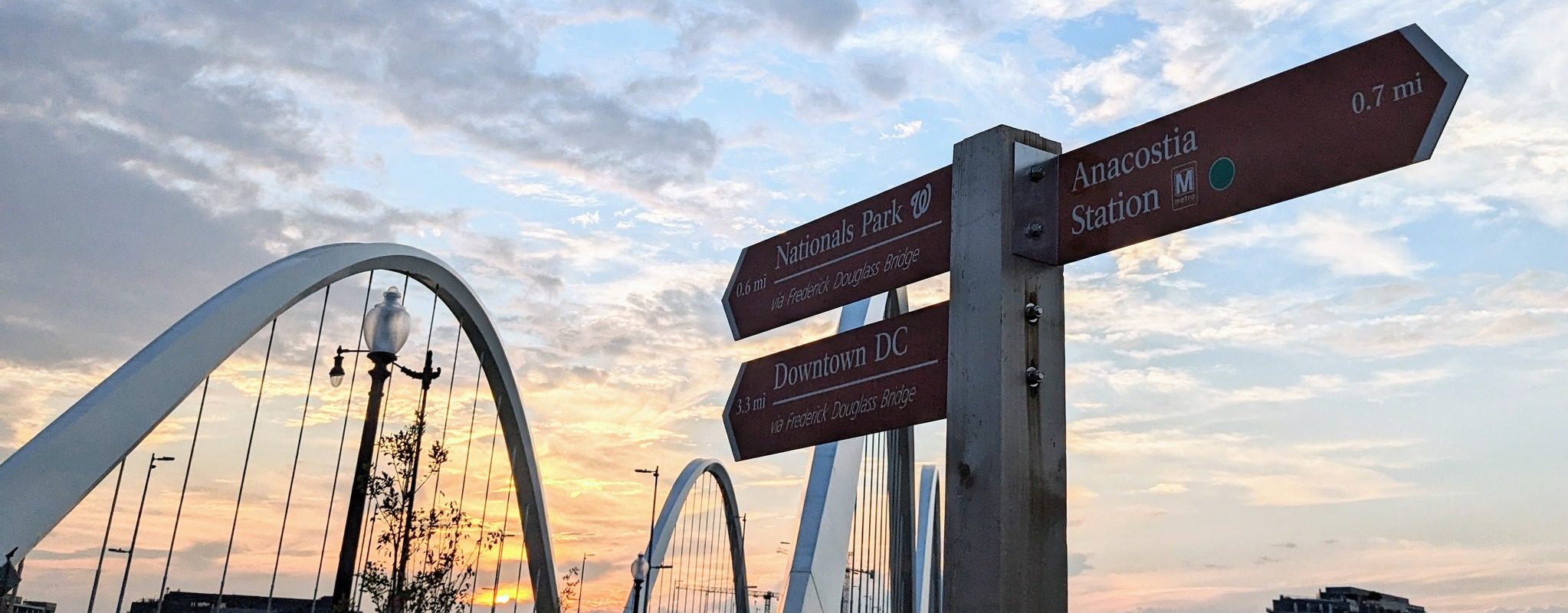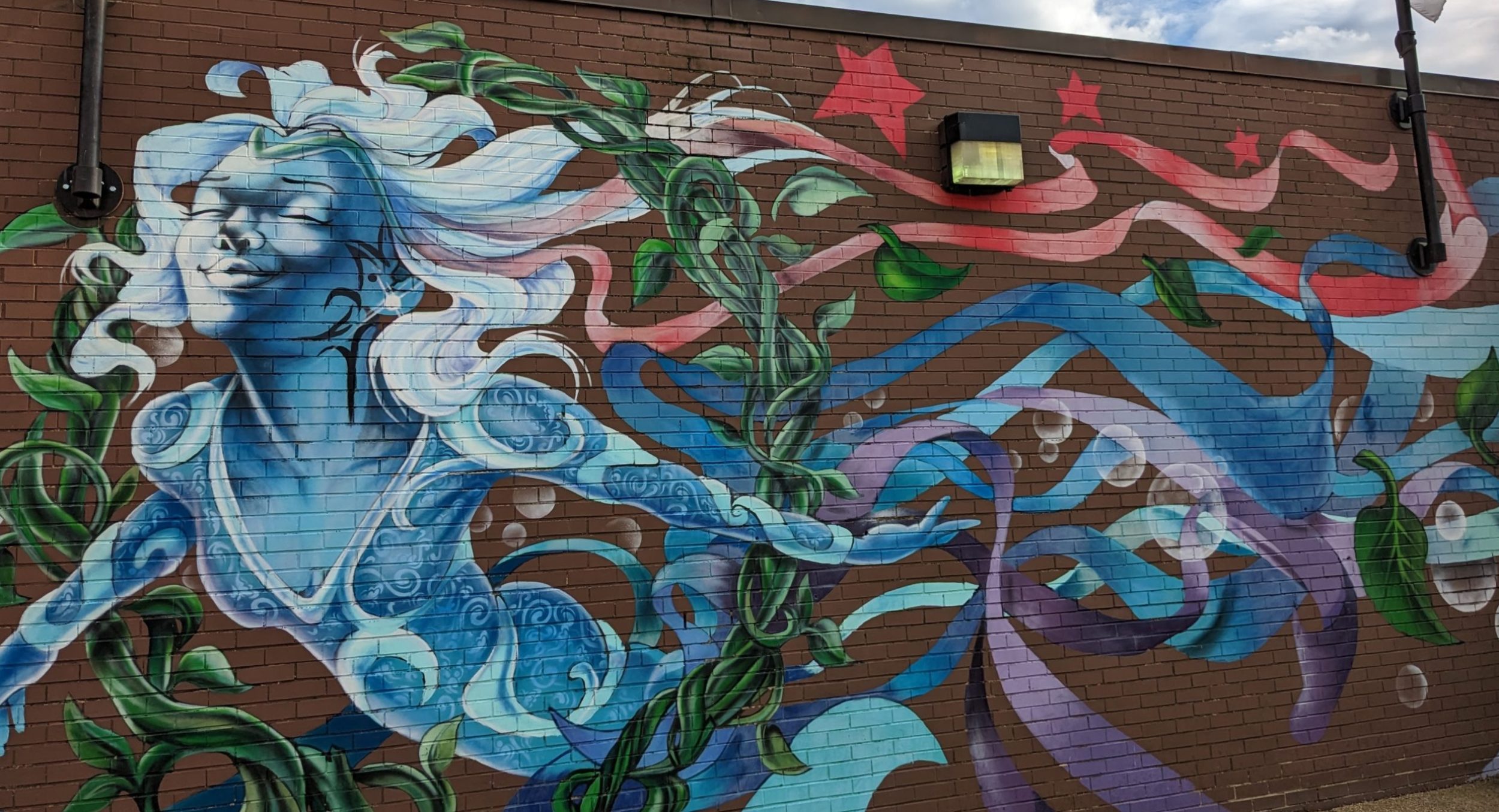Durban’s Berea neighborhood has moments when it looks like any tidy, prosperous suburb. Its main street, Florida Avenue, is lined with shops and restaurants. Some of the neighborhood places look a bit posh like formal Indian restaurants with white tablecloths. Others are more mainstream middle-class chain restaurants like Nando’s, known for its seasoned chicken, and Mimmo’s, a pizza place.
Then afternoon lightning strikes out of nowhere on a sunny day, booming like a cannon. Wind and sheets of water hit for about 20 minutes, and then stop for a rest. The rain will return a few more times that day, like a quarrel that doesn’t mean that much to either person, yet neither is ready to drop just yet.
Durban is part of the wet and humid world near the tropics. White frangipani (fran-gee-pan-ee) flowers fall on Berea’s sidewalks. I cleared two or three of these flowers from the windshield before driving. I put them on the dashboard to enjoy their fresh, sweet scent.
As dusk approached, the tall lush trees of Berea came alive with the song of birds. The leaves shook and danced, swayed and rocked. I didn’t see birds leave these trees, which were thick with leaves and the company of other birds, only heard them.
Not far from Durban are miles of fields of sugar cane, lush with stalks of Technicolor green. The sugar industry attracted the first waves of Indian immigrants in the 19th century. The local Indian community would later include a young lawyer, Mohandas K. Ghandi. Ghandi opposed British rules that limited the rights of Indians in South Africa. He there began shaping the peaceful protest strategies, for which he is known and admired. Gandhi already had a reputation as a rebel when he returned to India in 1914, according to Encyclopedia Britannica. His work would help free his native country from British rule in 1947.
South Africa’s white majority put more restrictions in place for their neighbors in 1948 and 1950, creating a system known as apartheid. It’s possible that these laws spurred the creation of a food now considered a symbol of Durban, bunny chow. Indian merchants wanted to sell curries to customers unable to sit in their restaurants. This was not an easy task in the days before cheap and plentiful plastic. Someone thought of scooping out the middle of a loaf of white bread to use for a takeaway container, and so bunny chow was born, according to various accounts on the Internet. Wikipedia says the origin isn’t exactly clear. Below is a picture of bunny chow that we had a very nice Indian restaurant in Berea.
We’d picked up the sound of Durban days before we arrived. My husband and I tuned into Durban-based Lotus Radio on our drive through South Africa’s beautiful Garden Route, a highway that passes beaches and then miles of farms as it stretches east.
Perhaps it was only because Lotus played Indian music. Yet, the voices of the deejays sounded like they had Indian accents layered with South African ones. I enjoyed listening to their banter about upcoming cricket contests, a topic that by itself doesn’t interest me at all. It was like listening to the U.S. National Public Radio show, “Car Talk,” which I love even though I don’t even like to fill the gas tank myself.
I like the sound of Indian English, perhaps because I grew up around people with soft Irish brogues. Indian and Irish people often speak a far prettier English than Americans do. It’s not just the music in their pronunciations. It’s also in the words they choose.
My grandmother left Ireland about 80 years and has lived in U.S. since. Yet for her, a day spent taking buses on a fruitless errand isn’t a “waste of time,” as I might say. It’s an “idle journey.”
David and I had a pretty much idle journey of our own when we went to see what our guide book described as downtown Durban’s Indian section. From what our guide book said, we pictured something like Singapore’s Indian section, which we had visited last year and loved. What we found was not even as interesting as some of the Indian shops we can find in strip malls in the suburbs near Washington, D.C.
Apart from a woman or two wearing that lovely pantsuit, the salwar kameez, there was nothing particularly Indian about the people walking down Grey Street. Most of the goods on sale were the same cheap shoes, clothes and household goods that China sends to small stores in poor neighborhoods everywhere. We went to the major market building and found a spice shop, with offerings like a seasoning mix promised to be just like Nando’s.
Perhaps we could have found some interesting shops, but we gave up. We went to look at Durban’s Victoria-era buildings, like this one, and then got on the road to head north.
The past few decades have brought more people, often desperately poor, to Durban. Crime is high, as we were reminded when the hubcaps of our rental car were stolen—while parked out in Berea, no less. As far as we could see, Durban’s Indian community is out in its leafy suburbs, including the people we had seen dining and chatting away in groups around us at the restaurant in Berea.

